20 Wild Animals in England [Wildlife in England]
Want to know more about the wildlife in England?
Discover 20 wild animals in England in this post, as well as interesting facts about them. 🏴
Learn All About English Animals
Ready to learn all about English animals?
I’ve always been fascinated by animals, and by how they can be so different from one country to another. In this guide, we’ll focus on the many animals England has on the land, in the sky, and underwater.
I’ve split the guide into 5 categories:
- Native animals from England
- Endangered animals of England
- What is the national animal of England?
- How many animals native to England?
- What is the main animal in England?
Let’s dive in right away with our first category!
Native Animals from England
England is a European country located in the western part of the continent, within the United Kingdom. It is mainly made of low plains and hills (especially in the central and southern parts of the country), stopped being a separate state in 1707, and comprises the vast majority of the British population (about 84 percent). It is bordered by Scotland and Wales, and its capital and largest city is London, which counts more than 9,000,000 inhabitants (but more than 14,257,000 if you include the metropolitan area).
An interesting part of the country that I wanted to tackle is its wildlife. In light of that, I have listed the best of it, and I hope you will love learning what animals live in England.
Here’s the England animals list.
1. Atlantic puffin
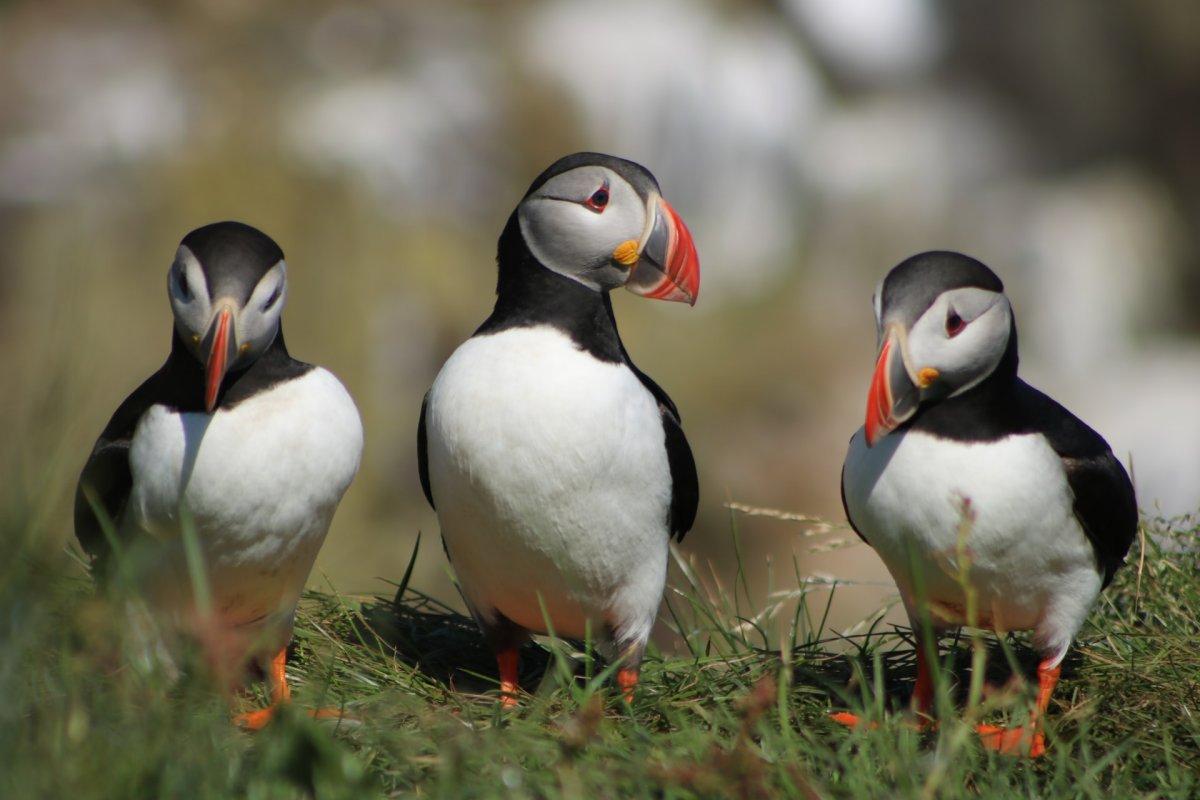
- Name: Atlantic puffin
- Scientific name: Fratercula arctica
- Conservation status:
The Atlantic puffin, also known as the common puffin, is a species of seabird native to the Atlantic Ocean and found from northwestern Africa in the south to Greenland and the Svalbard Archipelago in the north.
It can sometimes be seen on English coasts, which are particularly important for many seabirds, as you will quickly realize throughout this list. This puffin feeds on shrimp fish, mollusks and worms.
2. Common minke whale
- Name: Common minke whale
- Scientific name: Balaenoptera acutorostrata
- Conservation status:
The common minke whale, also known as the northern minke whale, is a species of baleen whale found in much of the oceans of the Northern Hemisphere.
After being first ignored by whalers due to its low oil yield and relatively small size, it began to be heavily exploited at the turn of the 20th century but is still classified as least concern despite being one of the main targets of the whaling industry now.
3. Common European adder
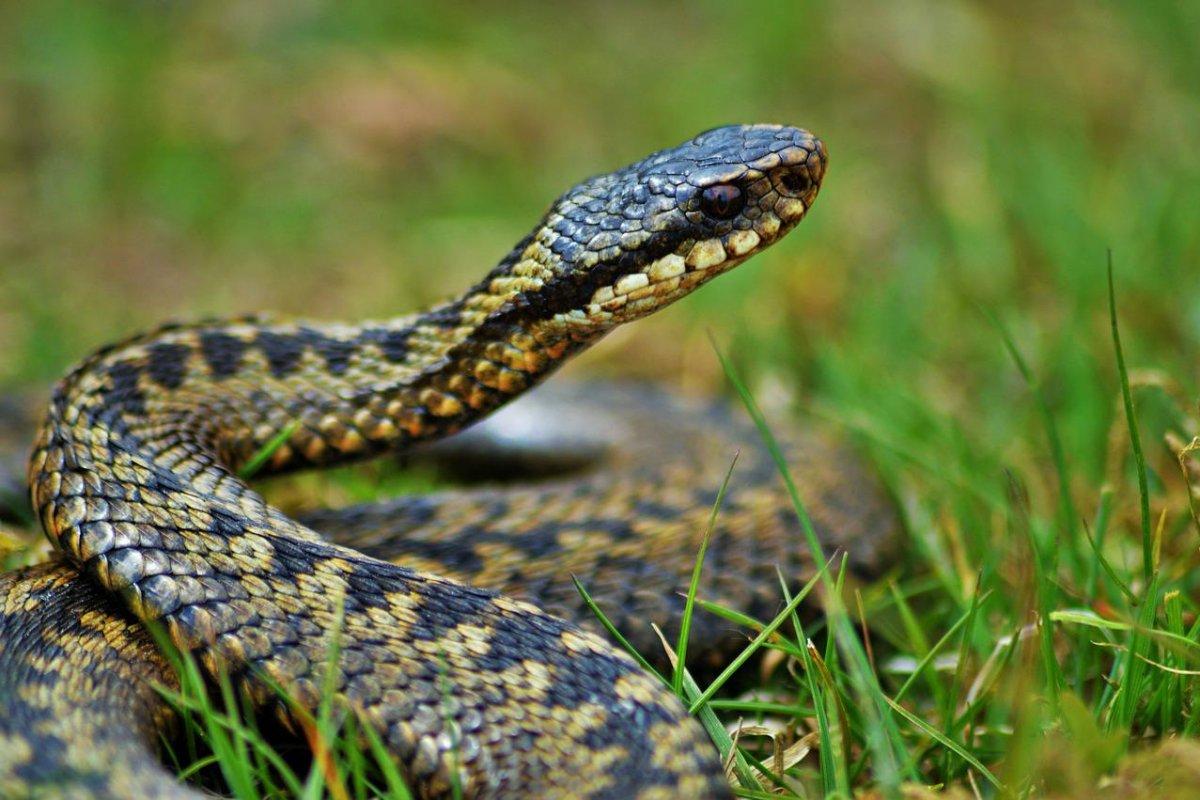
- Name: Common European adder
- Scientific name: Vipera berus
- Conservation status:
The common European adder, also known as the common European viper, is a very widespread and common species of venomous snake in Europe. It can be found all across England, and even as far north as Scotland, and it is often the only native venomous snake in European countries.
This viper is protected within Great Britain. It is mainly active during the day and primarily feeds on birds, mammals, amphibians, and lizards.
4. Razorbill
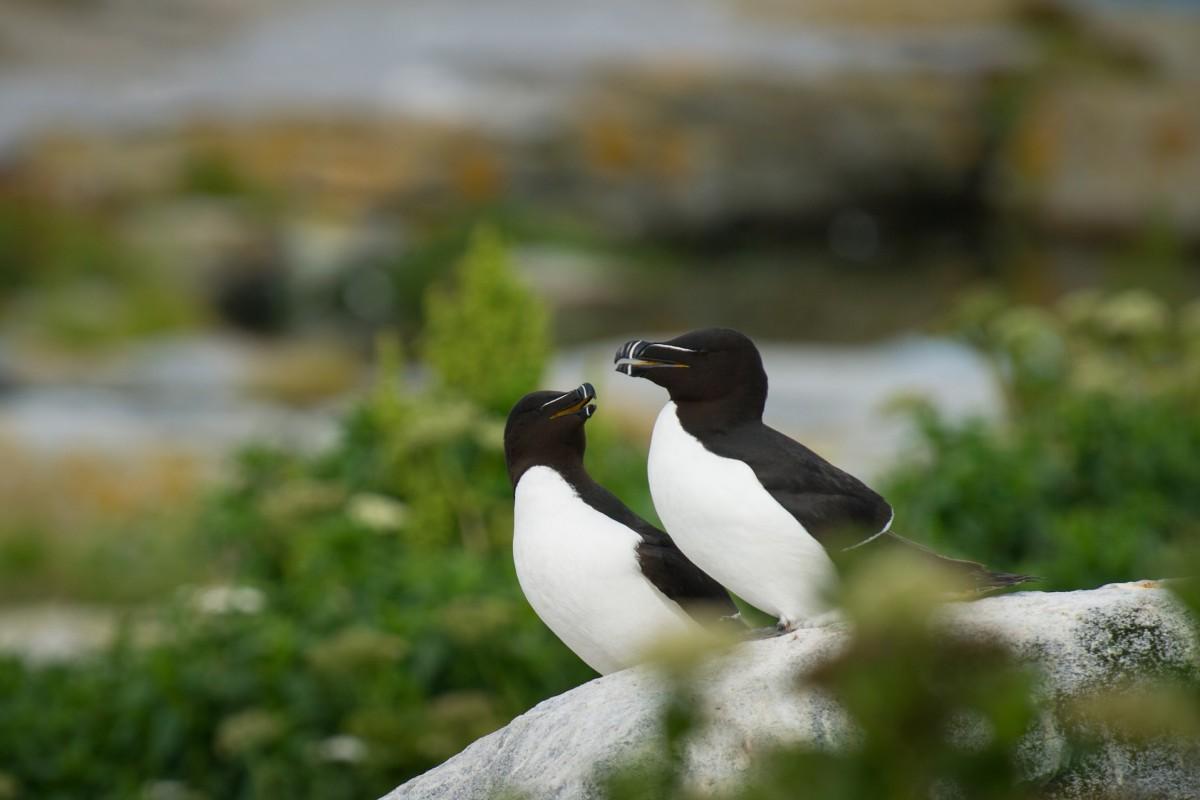
- Name: Razorbill
- Scientific name: Alca torda
- Conservation status:
The razorbill, also known as the lesser auk or the razor-billed auk, is a species of seabird found all around the subarctic waters of the Atlantic Ocean, including most of England’s coasts. It is the closest relative to the now extinct great auk.
This seabird is very common, as its numbers reach into the millions. It chooses one partner for life and lays one egg per year.
5. Red-necked wallaby
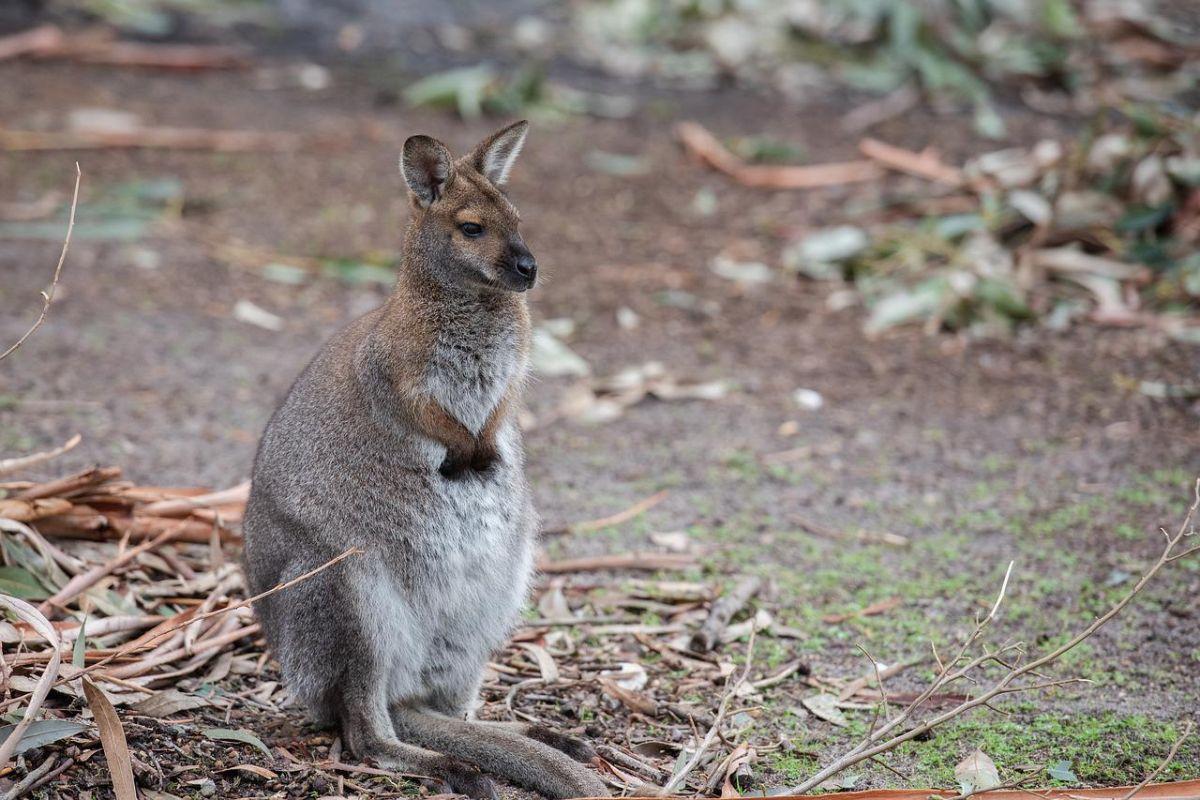
- Name: Red-necked wallaby
- Scientific name: Notamacropus rufogriseus
- Conservation status:
No, you are not misreading, there are indeed wallabies in England! Of course, they are not native to the country and were introduced from eastern Australia, but feral populations have established themselves there, and they are not exclusive to captivity.
This marsupial mainly lives in East Sussex, West Sussex, and Hampshire, but its numbers are not known. It has been inhabiting England since 1900, and can also be found on the Isle of Man.
6. Eurasian beaver
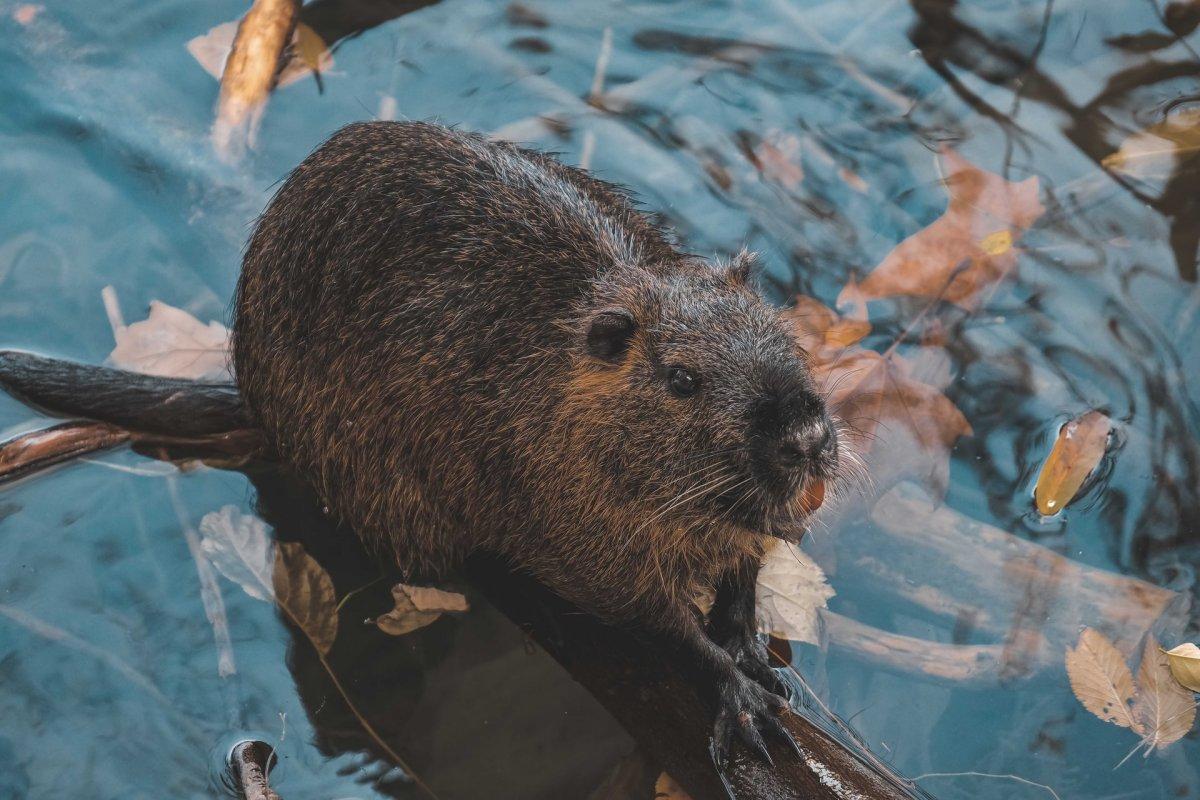
- Name: Eurasian beaver
- Scientific name: Castor fiber
- Conservation status:
The Eurasian beaver, also known as the European beaver, is a species of beaver found all around Eurasia. However, its range is smaller than it used to be: at the beginning of the 20th century, only about 1,200 individuals survived due to overhunting for its fur and castoreum.
Since then, it has recovered, and after becoming extinct in England, the Eurasian beaver was reintroduced to its northern parts.
7. Northern gannet
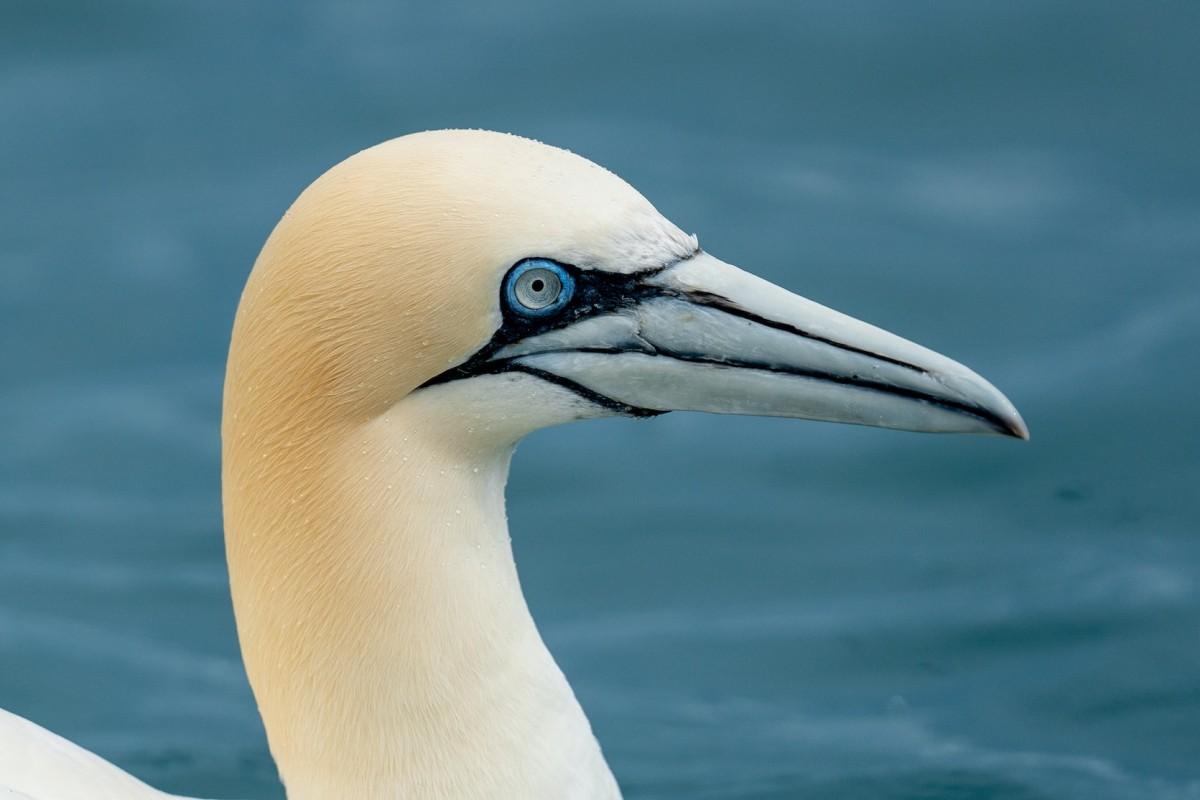
- Name: Northern gannet
- Scientific name: Morus bassanus
- Conservation status:
The northern gannet is the largest species of gannet, a kind of seabird. It can be found on the coasts of the Atlantic Ocean, and it breeds in Western Europe and northeastern North America. Both sexes look alike, and they both have long necks with long, slender wings.
The number of these seabirds in England is currently exploding, as its Bempton Cliffs population tripled its size in only 12 years! There are now about 12,500 breeding pairs there.
8. European badger
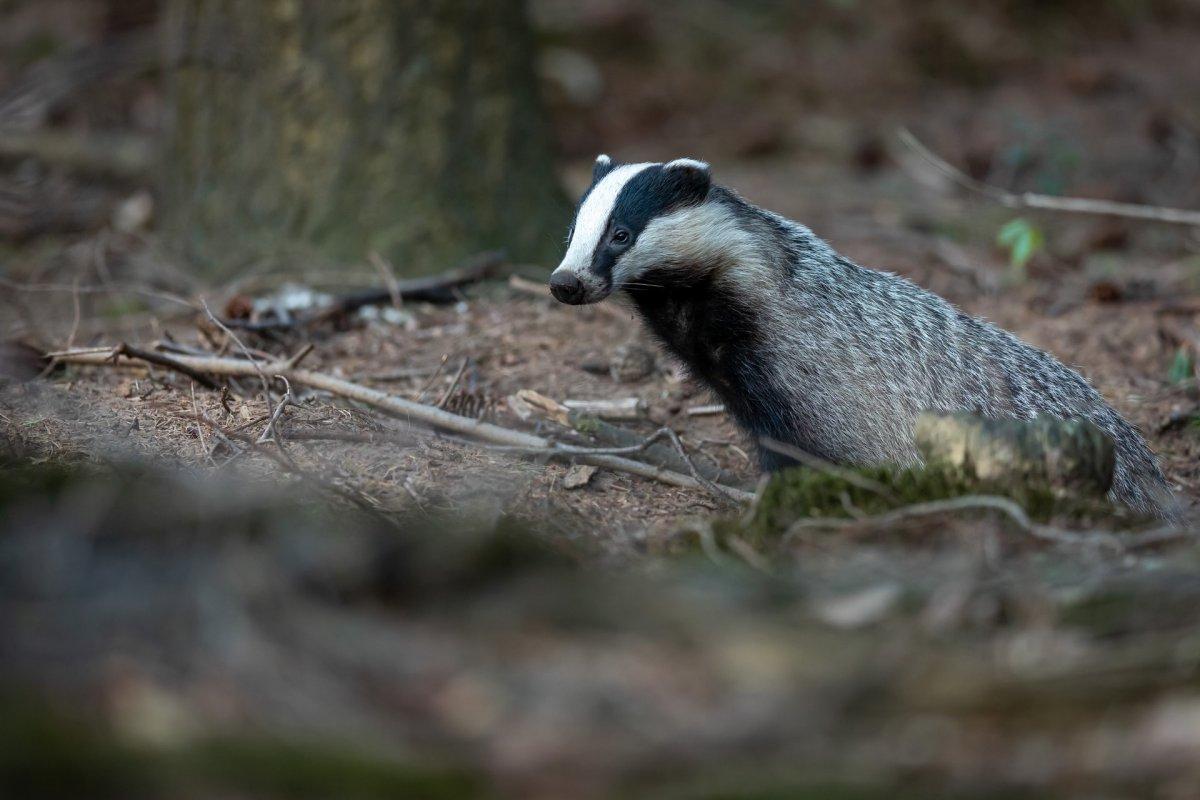
- Name: European badger
- Scientific name: Meles meles
- Conservation status:
The European badger, often simply called the badger, is a species of mustelid native to almost all of Europe. It has a very large population and a wide distribution and is thus classified as least concern.
Despite this, England and the United Kingdom in general are known for practicing badger culling in hopes to reduce the spread of bovine tuberculosis, although the efficiency of it is very debatable.
9. Harbor seal
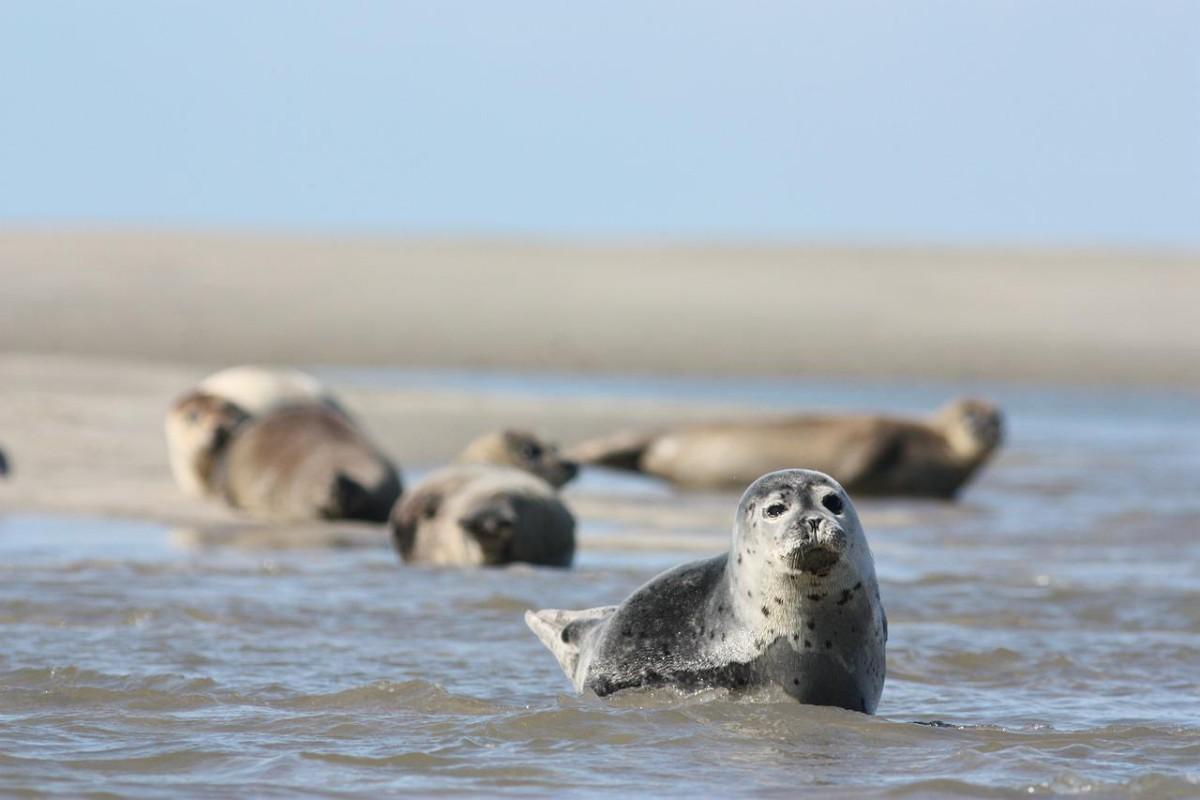
- Name: Harbor seal
- Scientific name: Phoca vitulina
- Conservation status:
The harbor seal, also known as the common seal, is a species of seal found around the temperate and Arctic coastlines of the Northern Hemisphere, namely in the Northern Atlantic and Pacific Oceans and the North and Baltic Seas.
This pinniped is brown, tan, white, or gray, and has characteristic V-shaped nostrils. It can be found all around England, and there are somewhere between 350,000 and 500,000 individuals in the world.
10. Orca
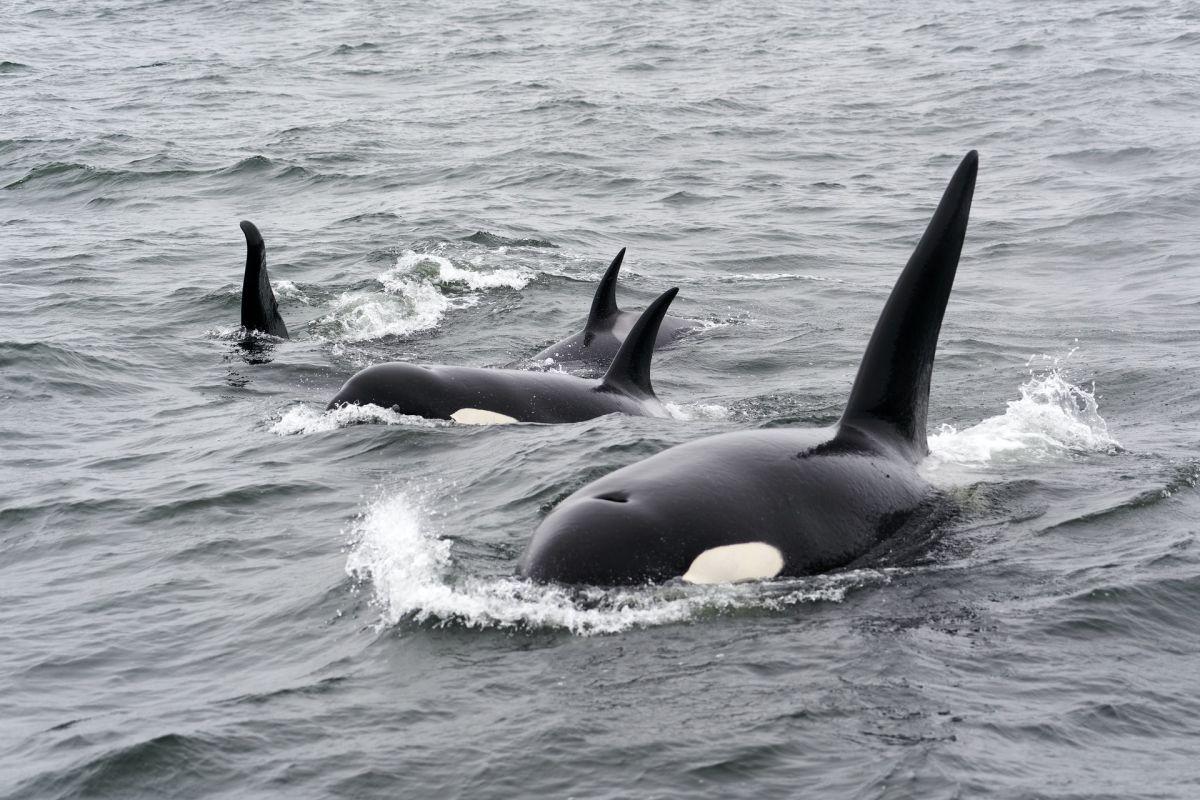
- Name: Orca
- Scientific name: Orcinus orca
- Conservation status:
The orca, widely known as the killer whale, is one of the most powerful predators on the planet. Since it can be found all around the globe and is difficult to observe, its numbers are not known and it is thus listed as data deficient for now.
This toothed whale is quite rare in England, but a specimen was found dead in 2020 with a large piece of plastic in its stomach.
11. Great cormorant
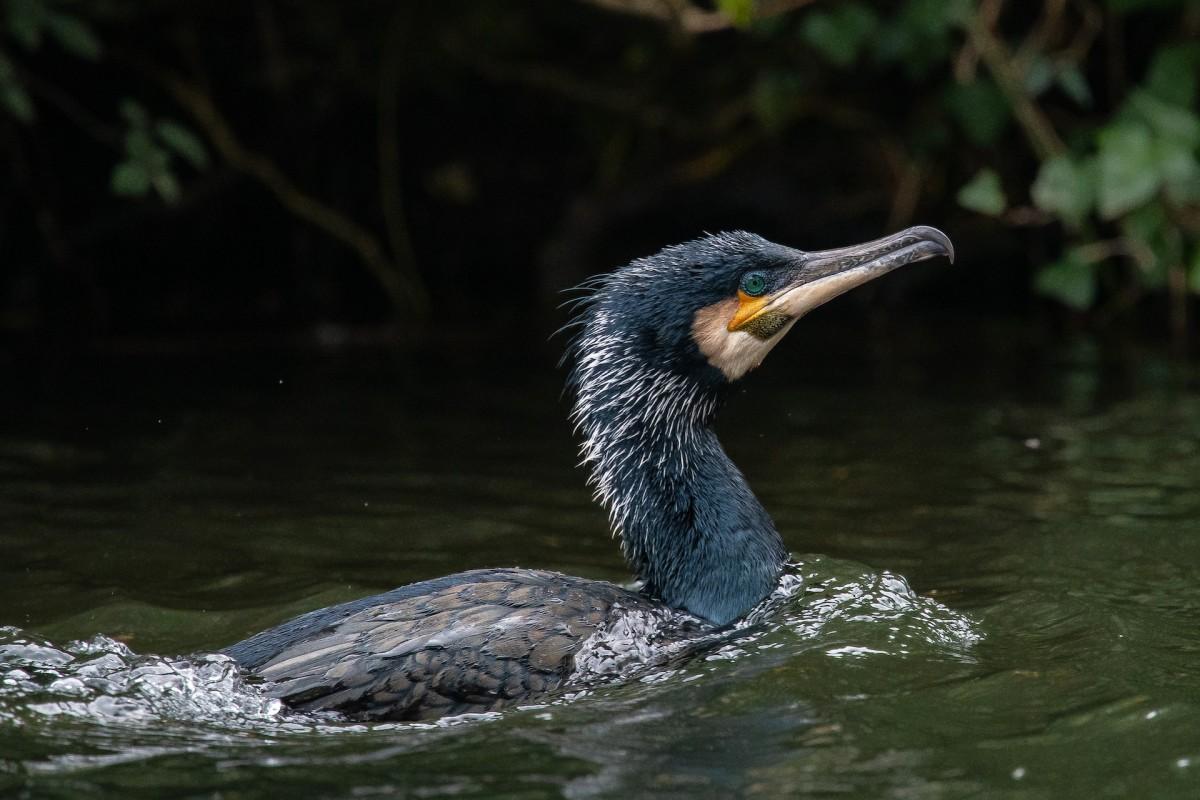
- Name: Great cormorant
- Scientific name: Phalacrocorax carbo
- Conservation status:
The great cormorant, also known as the great black cormorant, the black shag, the black cormorant, or the large cormorant, is a large species of seabird found across much of the Old World, as well as the Atlantic coasts of North America and Australia.
This seabird is very common within its range. It nests in colonies near rivers, inshore waters, and wetlands, and often uses the same nest year after year.
12. Leatherback sea turtle
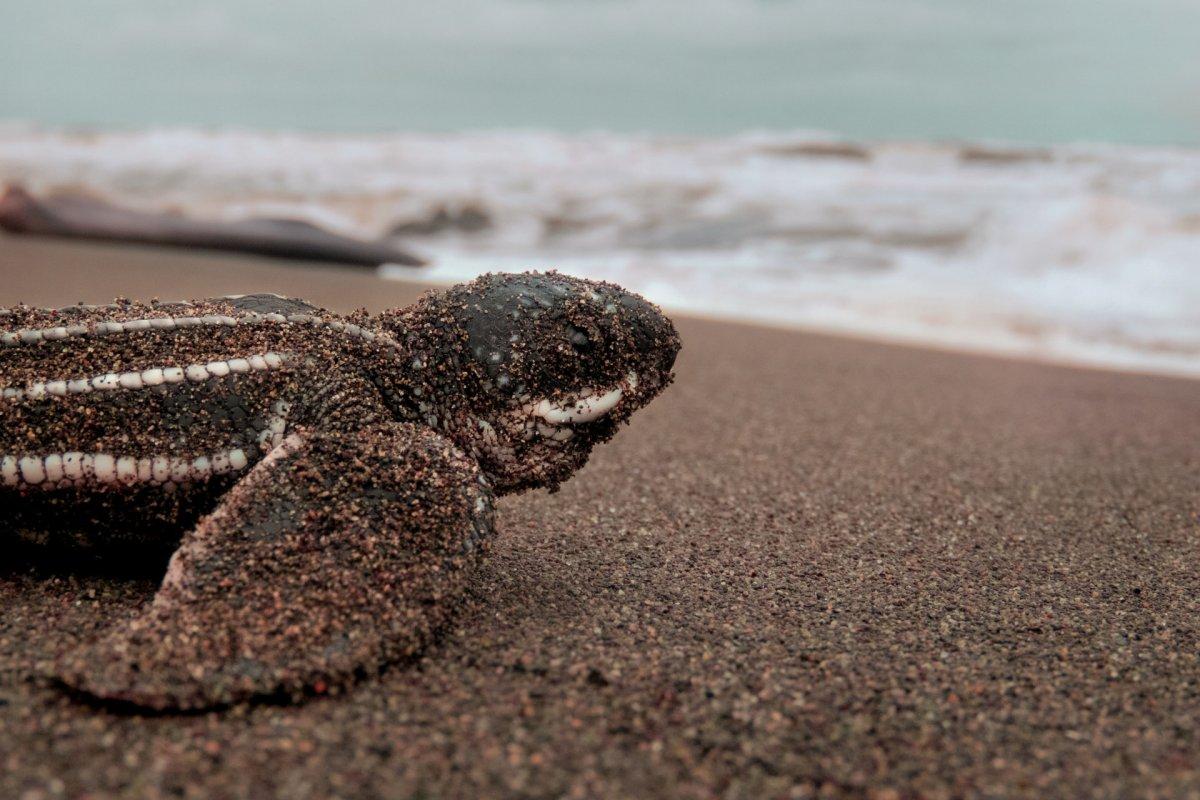
- Name: Leatherback sea turtle
- Scientific name: Dermochelys coriacea
- Conservation status:
The leatherback sea turtle, also known as the leathery turtle, the lute turtle, or the luth, is the largest turtle in the world, and the heaviest non-crocodilian reptile as well. It is a truly impressive creature that lacks a bony shell, but has instead leather-like, flexible skin, as its name implies.
This turtle can be found foraging for food in the southern English waters. It has a very wide distribution, and migrates between warm, tropical waters and cold, northern ones yearly, depending on the season.
13. Golden eagle

- Name: Golden eagle
- Scientific name: Aquila chrysaetos
- Conservation status:
The golden eagle is a large species of bird of prey found all across the Northern Hemisphere. It is the most widely distributed of all eagles and is also one of the best-known birds of prey as it is often used in falconry.
This eagle is one of the few resident breeders in England. Since Antiquity, it has always been held in high regard due to its hunting prowess and its majestic flight.
14. Common dolphin
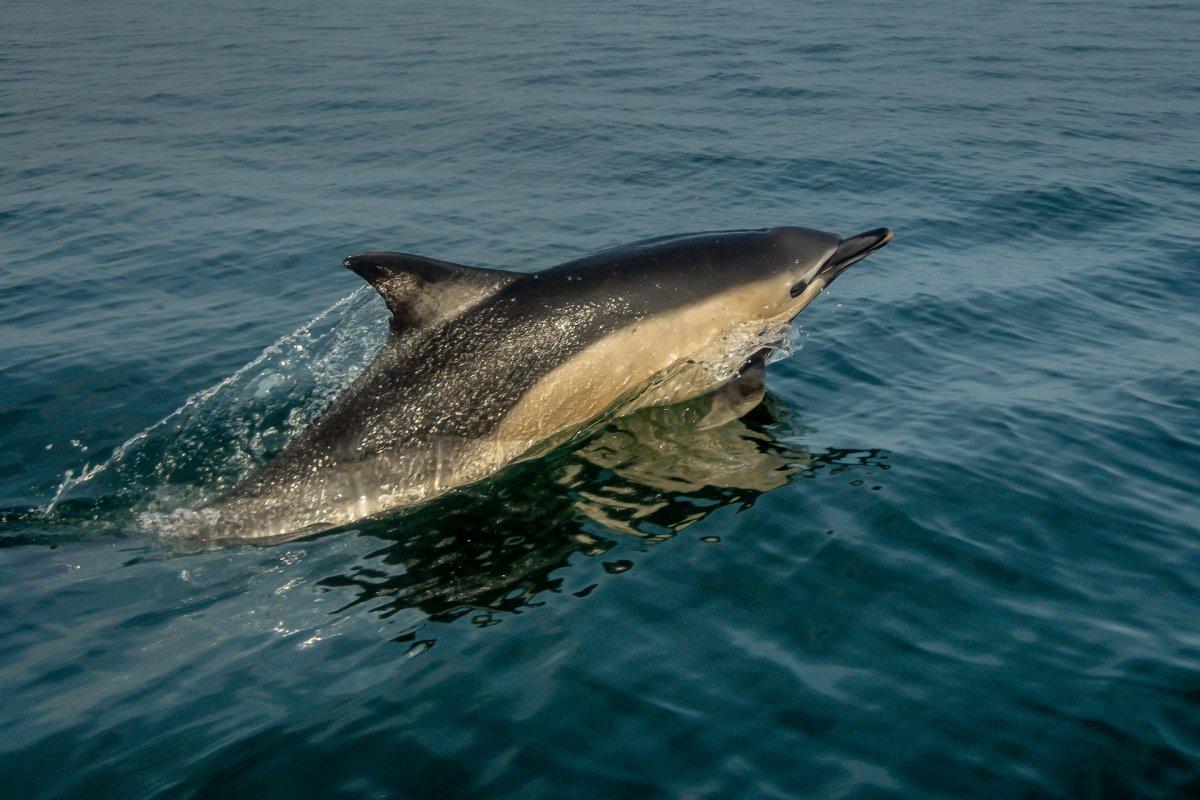
- Name: Common dolphin
- Scientific name: Delphinus delphis
- Conservation status:
The common dolphin is, prepare to be surprised, very common; so much in fact that it is the most abundant cetacean in the world, being found in most temperate, subtropical, and tropical waters of the world, with numbers reaching well into the 6 million!
It has always played an important role in ancient European culture, being depicted in Greek and Roman art. In England, it is known for mass stranding events, especially that of Falmouth Bay in 2009, in the southwestern tip of the country.
15. Long-eared owl
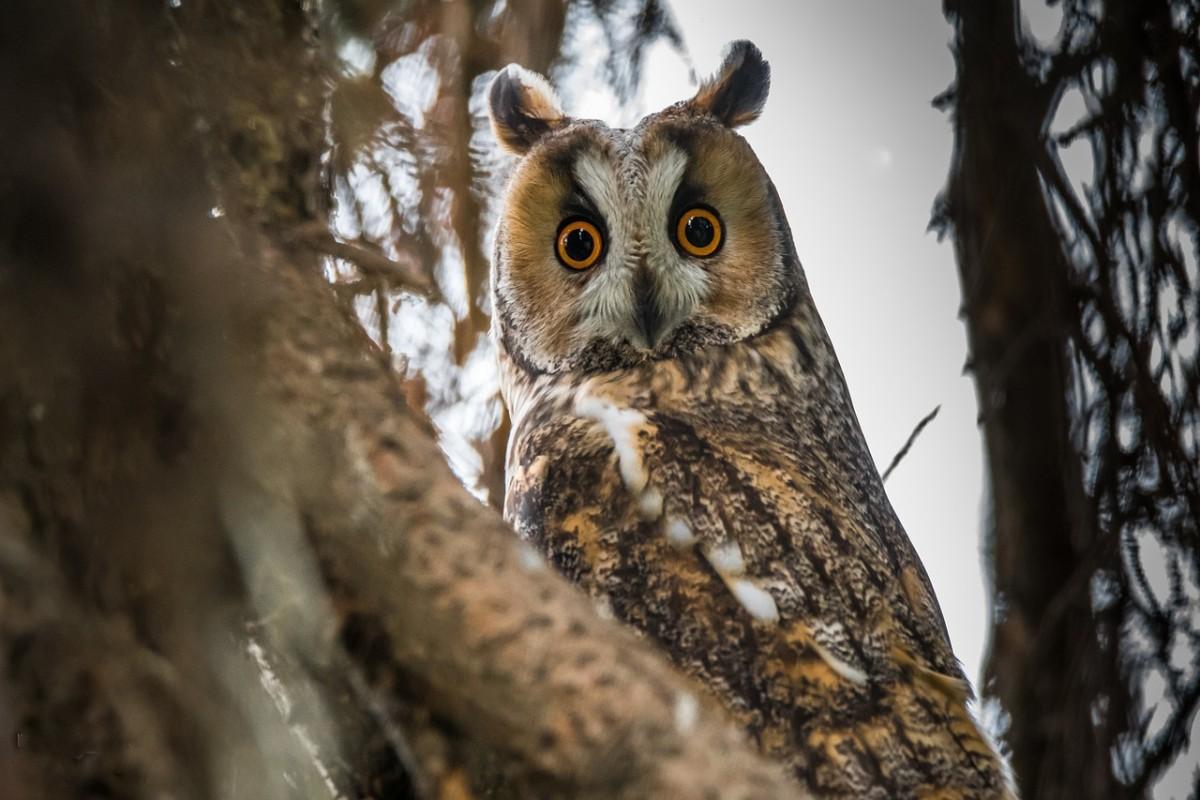
- Name: Long-eared owl
- Scientific name: Asio otus
- Conservation status:
The long-eared owl, also known as the cat owl, the northern long-eared owl, or the cat owl, is a medium-sized species of owl with a large breeding range. It can be found all around Europe, as well as in North America, and although scarce in England, it is a resident breeder.
This owl inhabits the woodland edge of England, and usually nests within dense stands of wood; however, when it comes to hunting, it prefers open ground.
16. Common kingfisher
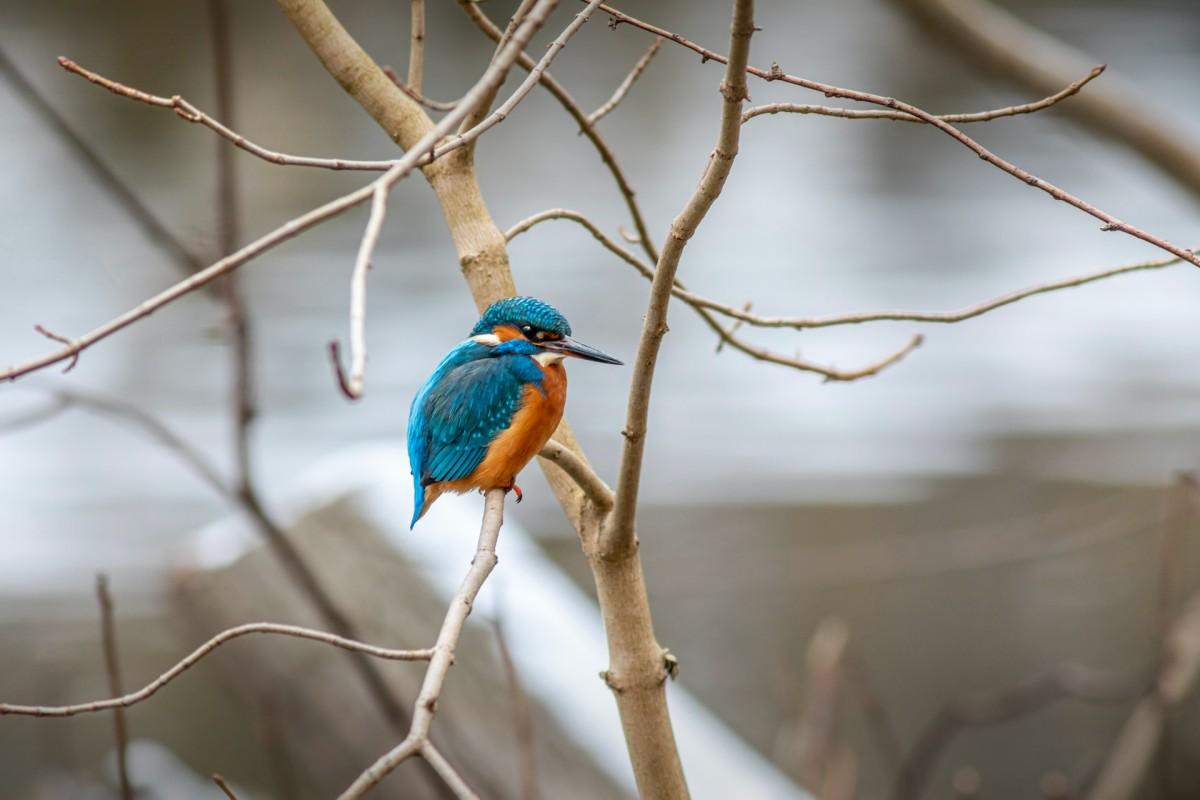
- Name: Common kingfisher
- Scientific name: Alcedo atthis
- Conservation status:
The common kingfisher, also known as the river kingfisher or the Eurasian kingfisher, is a small species of kingfisher found in Eurasia and North Africa. It is a resident breeder in England and can be found there all around the year.
This bird is known for its ability to swoop down into the water and hunt for fish. It is often seen on a perch, looking down into the water for potential food.
17. Barred grass snake
- Name: Barred grass snake
- Scientific name: Natrix helvetica
- Conservation status:
The barred grass snake is a non-venomous species of snake found in much of England and as far north as southern Scotland, as well as in western Europe, in countries such as France, Italy, Belgium, Germany, and Switzerland.
This snake mainly feeds on amphibians, especially the common frog and the common toad, but also on larvae and ants. It spends a large portion of the year hibernating through the cold months, which can last from October up until April.
18. Merlin

- Name: Merlin
- Scientific name: Falco columbarius
- Conservation status:
The merlin, also known as the pigeon hawk, is a small species of falcon found in much of the Northern Hemisphere. Some individuals migrate to tropical regions during the winter, but it is largely a resident breeding species in England.
This bird of prey is swift and skilled and specializes in hunting for small birds such as sparrows and quails. It has long been regarded as a falconry bird and is becoming more and more adapted to city life due to human expansion.
19. Rose-ringed parakeet
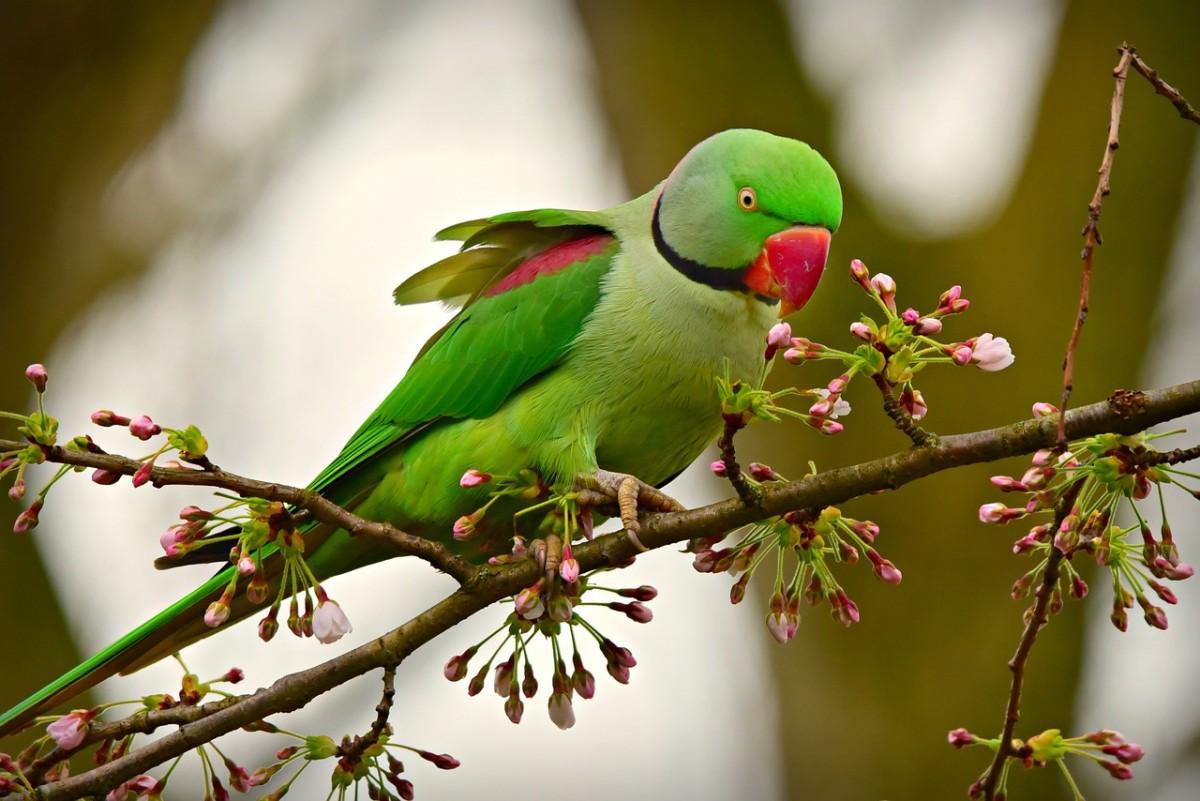
- Name: Rose-ringed parakeet
- Scientific name: Psittacula krameri
- Conservation status:
The rose-ringed parakeet, also known as the Indian ringneck parrot or the ring-necked parakeet, is a medium-sized species of parrot native to the Indian subcontinent and Africa, and introduced to England, just like the red-necked wallaby. In the southern parts of the country, it is restricted to urban areas.
This parrot is a very popular pet species, and some escaped specimens formed feral populations. It has proven to be particularly adaptable, both in terms of habitat and dietary habits.
20. White-beaked dolphin
- Name: White-beaked dolphin
- Scientific name: Lagenorhynchus albirostris
- Conservation status:
The white-beaked dolphin is a species of marine mammal native to much of the northern Atlantic; it can be found all around England, but also in neighboring Scandinavia and the rest of northern Europe.
This dolphin has a short beak and is robust. It is commonly found in subarctic waters, at less than 1,000 m / 3,300 ft deep, where it feeds on fish, and it is known for its acrobatic displays, often riding on the bow wave of boats and jumping out of the water.
—
So there you have them, these were my 20 wild animals in England. I hope you enjoyed this list and that you learned something new today.
In case you want to learn more about animals in the country, feel free to keep reading, as I still have lots of things to tell you about:
Endangered Animals of England
This is definitely the saddest part of the list, but it is very important to raise awareness. Because of this, let’s go through the list of endangered animals in England.
Here are the animals in danger of extinction in England (including the rest of the United Kingdom as well).
- Houting
- Great auk
- Sociable lapwing
- Kemp’s ridley sea turtle
- Atlantic sturgeon
- North Atlantic right whale
- Balearic shearwater
- and 13 more…
- Shortfin mako
- Undulate skate
- Angular roughshark
- European rabbit
- Blue whale
- and 15 more…
To see the full list of endangered species in England, head over to the International Union for Conservation of Nature’s Red List.
What is the National Animal of England?
The national animal of England is the lion.
You must have seen the Royal Arms of England somewhere, at least on its national football team’s jerseys: there are 3 lions, which symbolize might, nobility and respect.
Although there are no wild lions in England, this animal has always represented the country. Specimens were kept at the Tower of London by King John during the 13th century, in a royal menagerie.
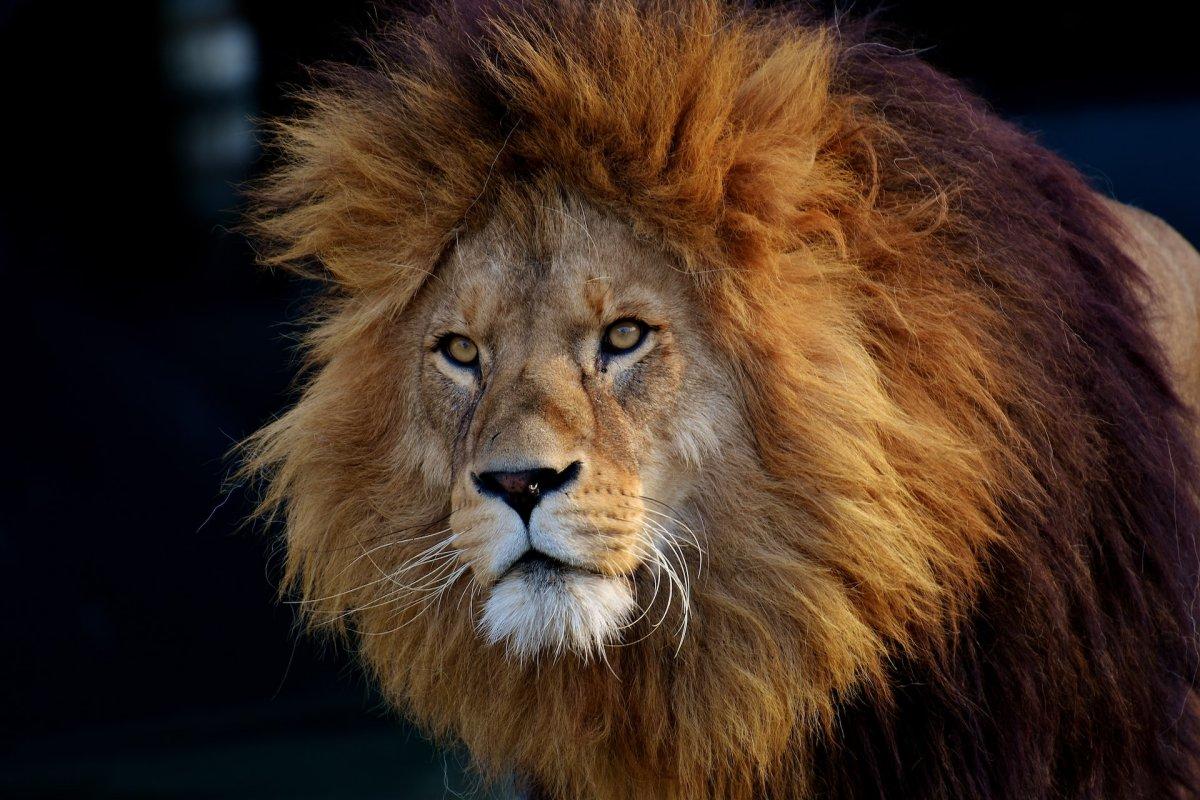
How Many Animals Native to England?
What is the diversity of native animals in England?
Let’s look at the total number of species of Chordata (mammals, birds, fishes, and reptiles).
Total number of animal species in England: 1,269 (3,149 in total in Europe)
What is the main animal in England?
There are lots of common animals in England, but the main one has to be the red deer, which is also the largest mammal in the country.
The red deer has had a very long history of interactions with humans in general, and it has long been hunted in England, for both its meat and its decorative antlers. It is a symbol of nobility and a prized trophy for hunters.
More About Animals in the World!
Loved these England animal facts? Want to see what animals live in other countries?
Then check out these posts:
- Wild Animals in the United Kingdom
- Wild Animals in Northern Ireland
- Wild Animals in Scotland
- Wild Animals in Wales
Or click here to see ALL the facts up on the blog! Spoiler alert: there’s A LOT of them.
Share the knowledge! Click on the buttons below to share information about these famous animals in England with your friends, and help them learn more about the world 🙂
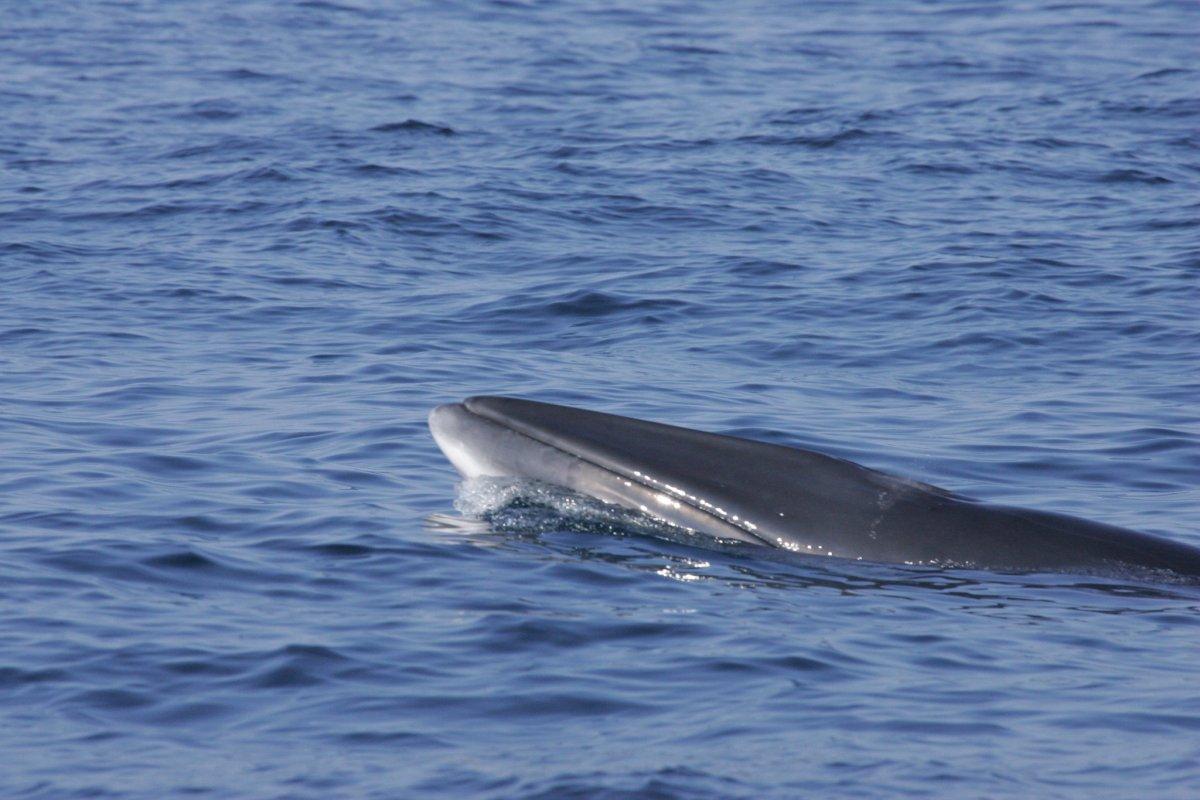
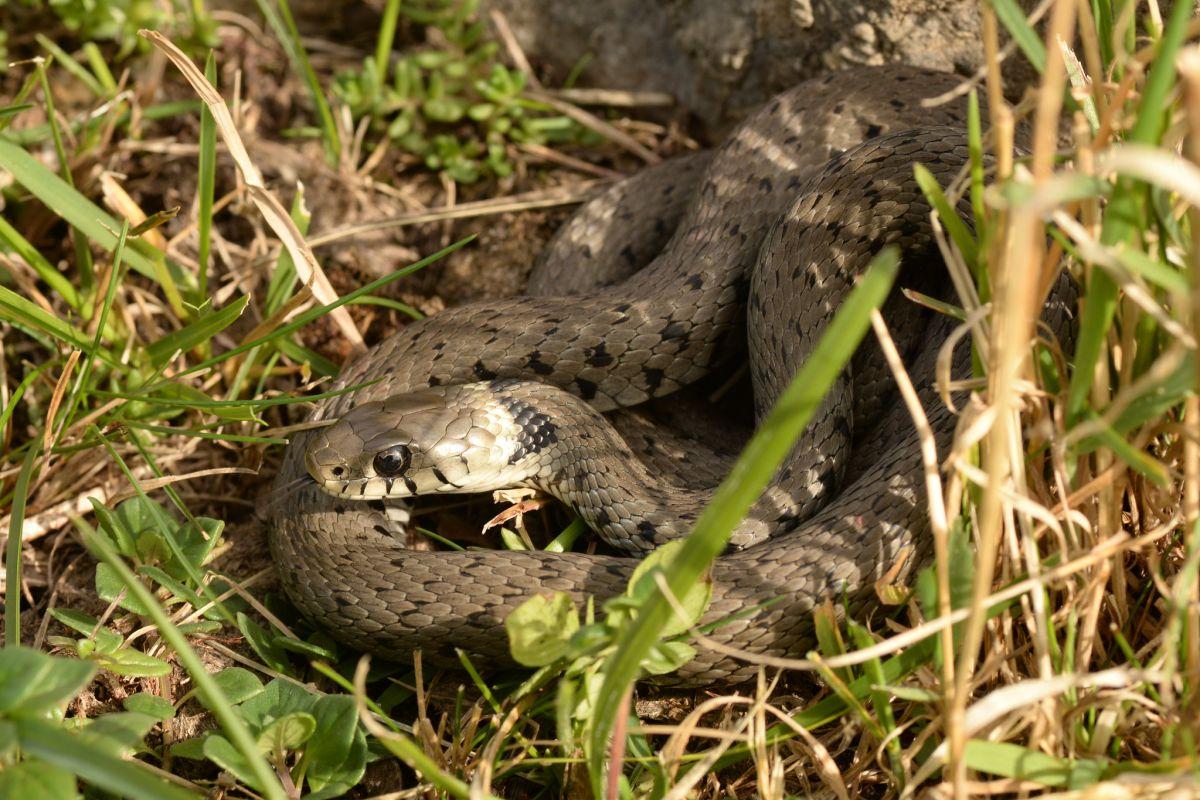
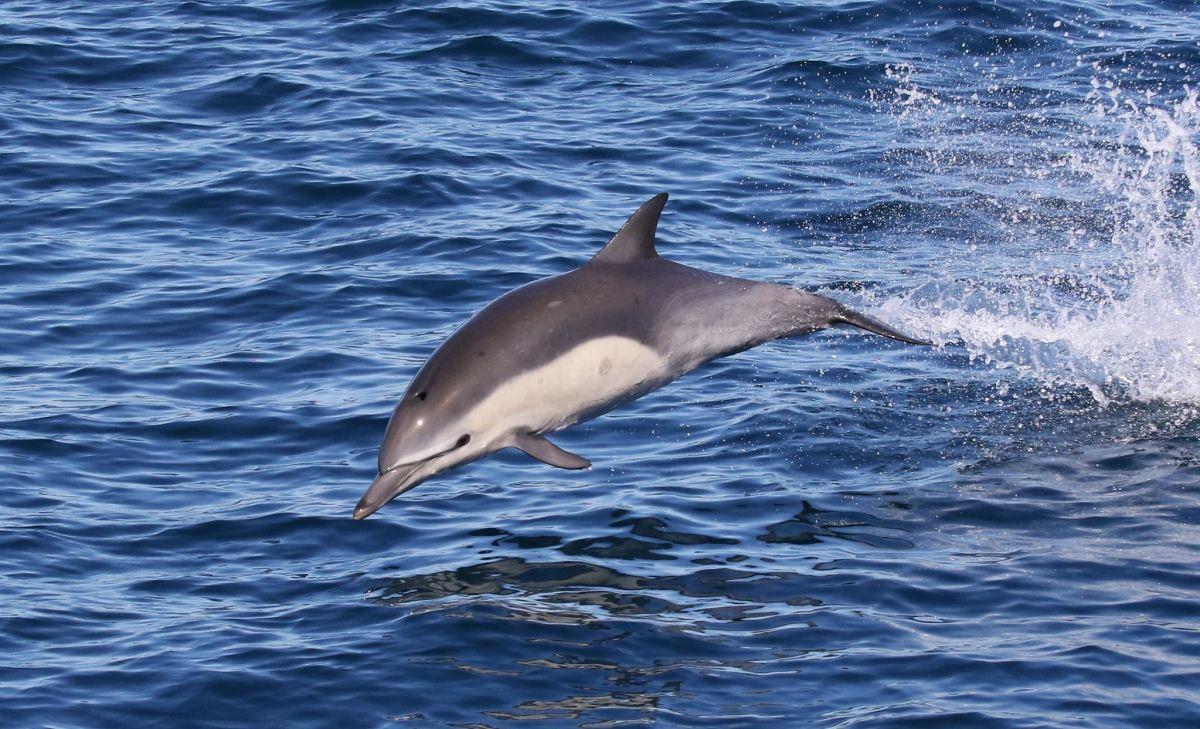

![24 Wild Animals in Mali [Wildlife in Mali]](https://www.kevmrc.com/wp-content/uploads/2022/11/24-wild-animals-in-mali.jpg)
![21 Wild Animals in Guatemala [Wildlife in Guatemala]](https://www.kevmrc.com/wp-content/uploads/2022/08/21-wild-animals-in-guatemala.jpg)
![30 Wild Animals in Arizona [Wildlife in Arizona]](https://www.kevmrc.com/wp-content/uploads/2023/10/30-wild-animals-in-arizona.jpg)